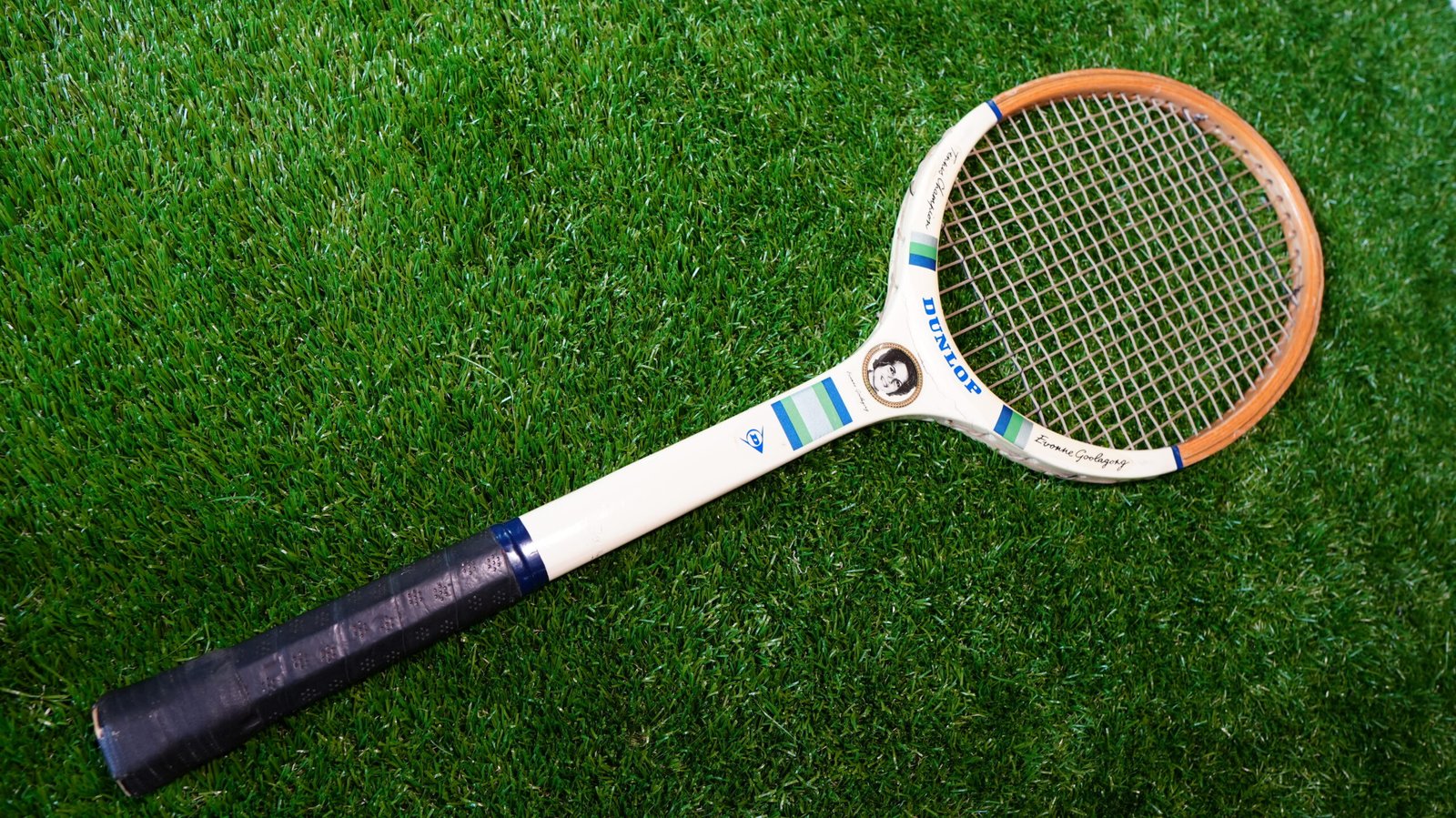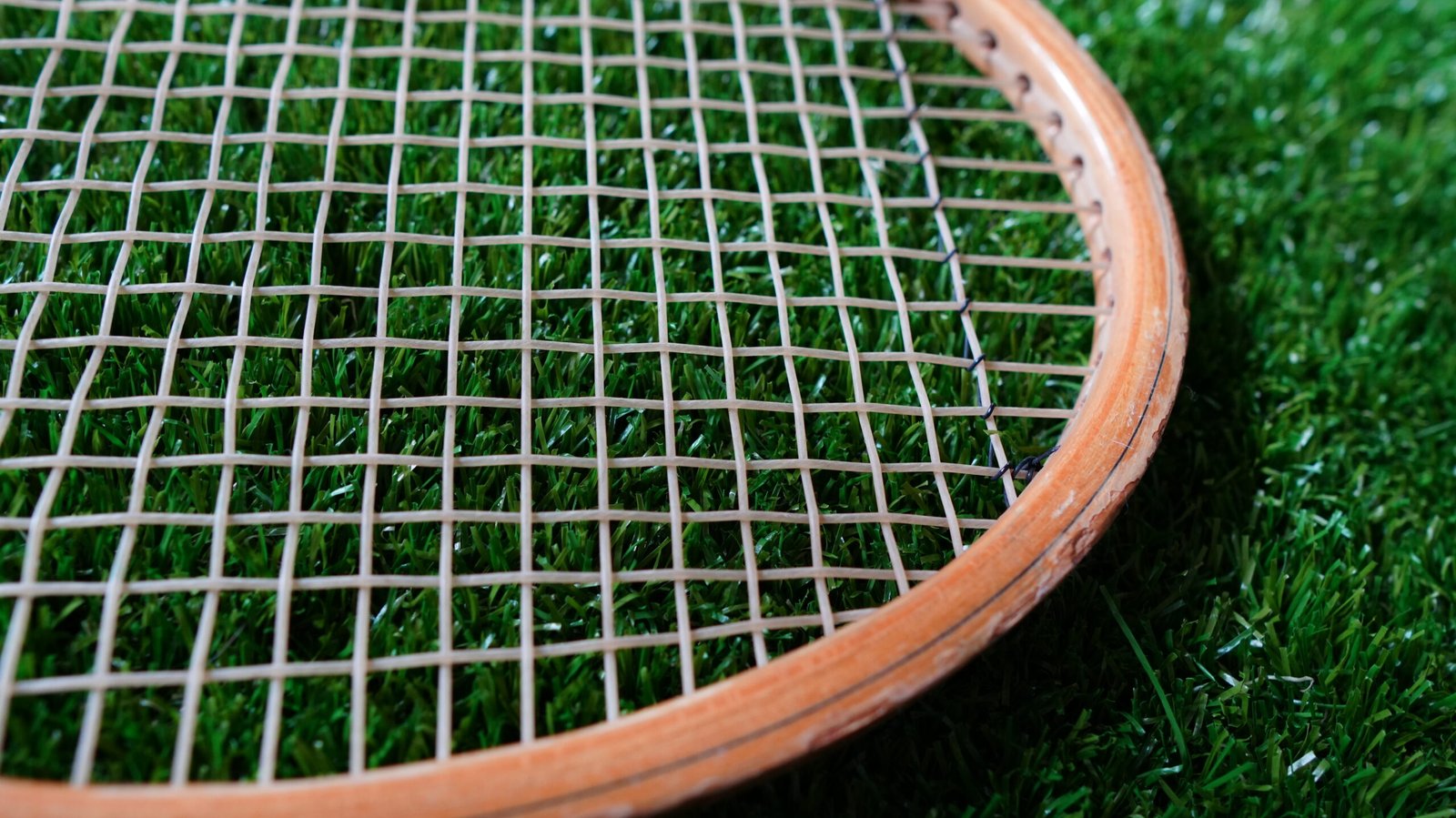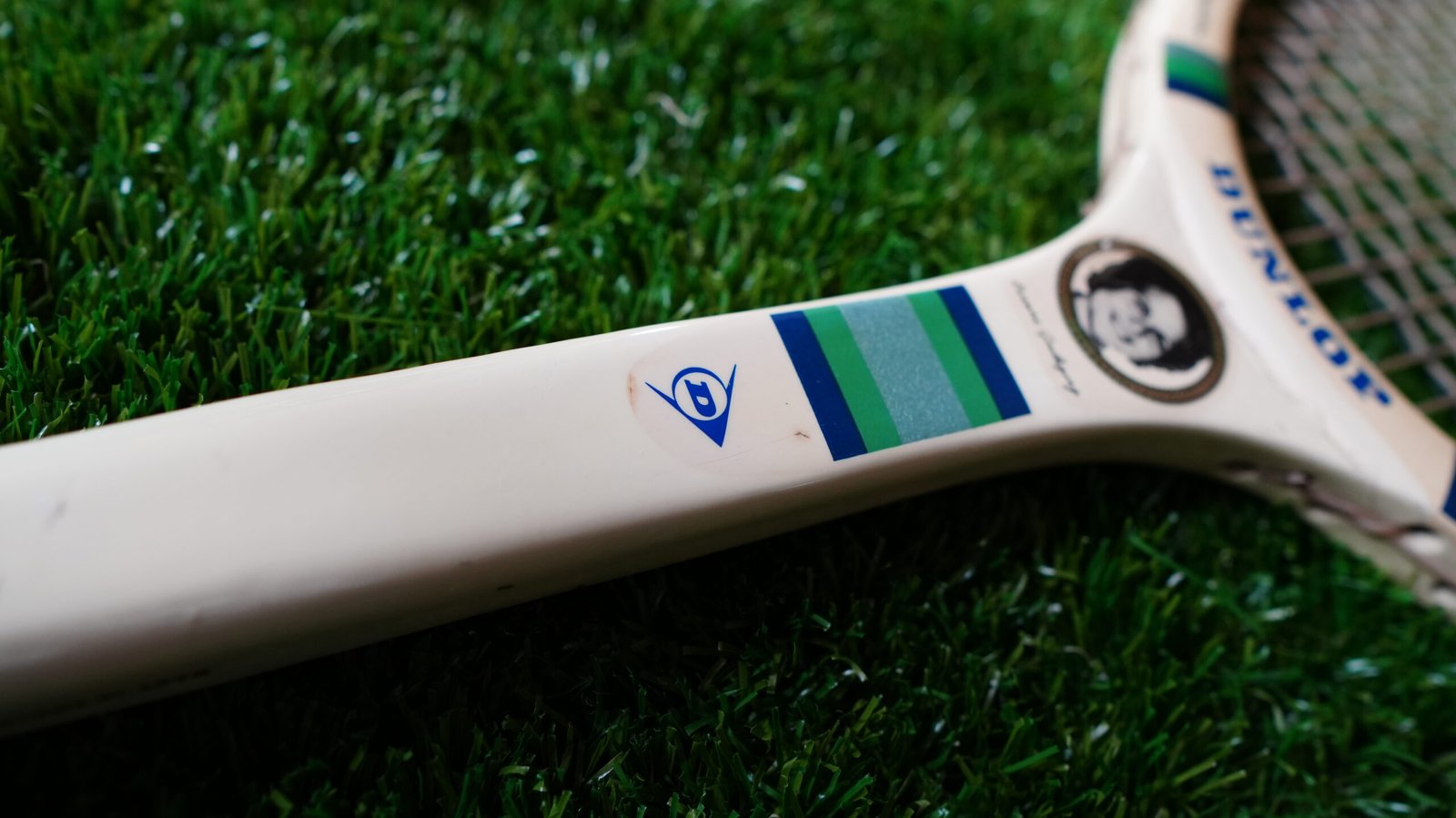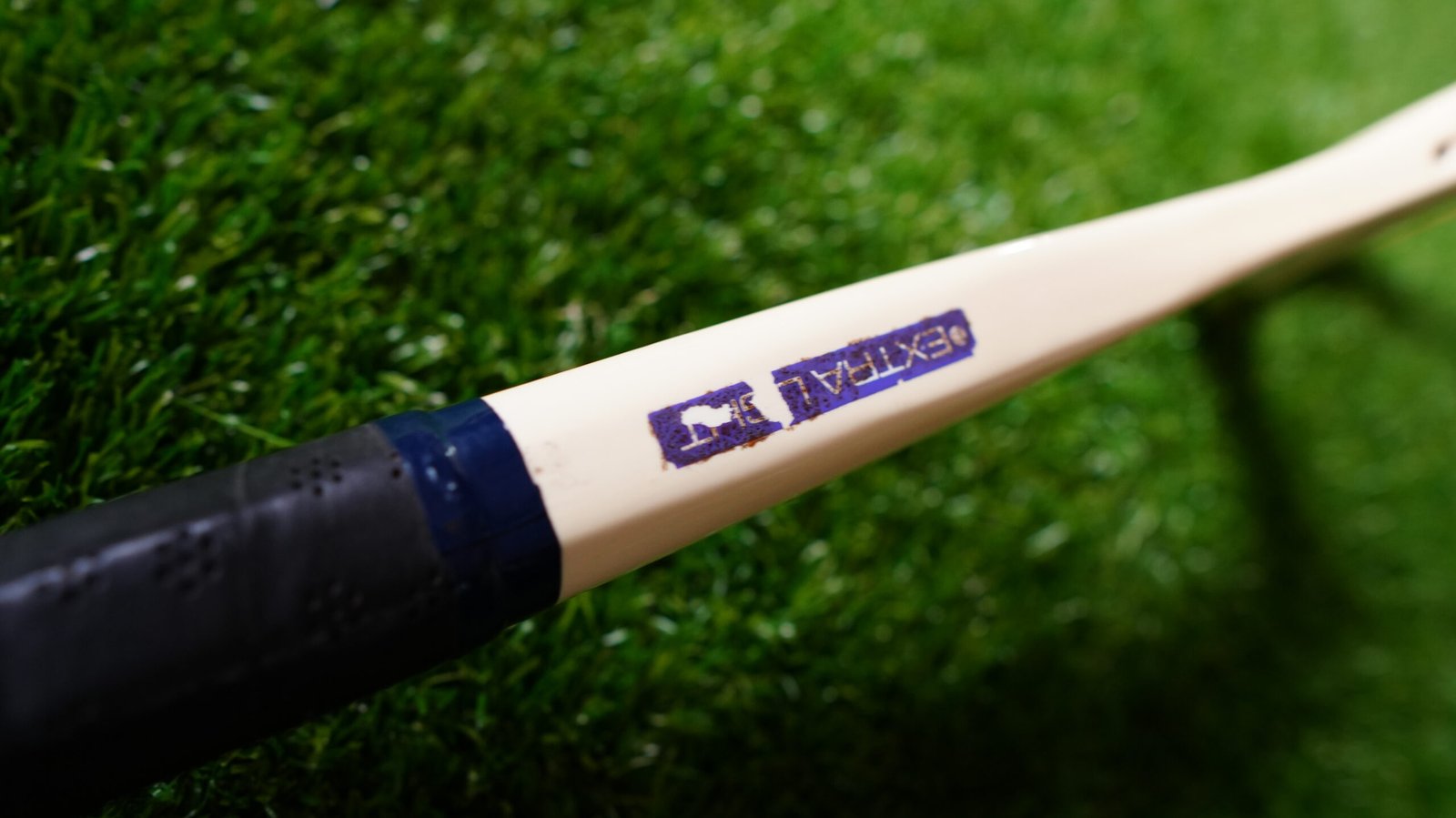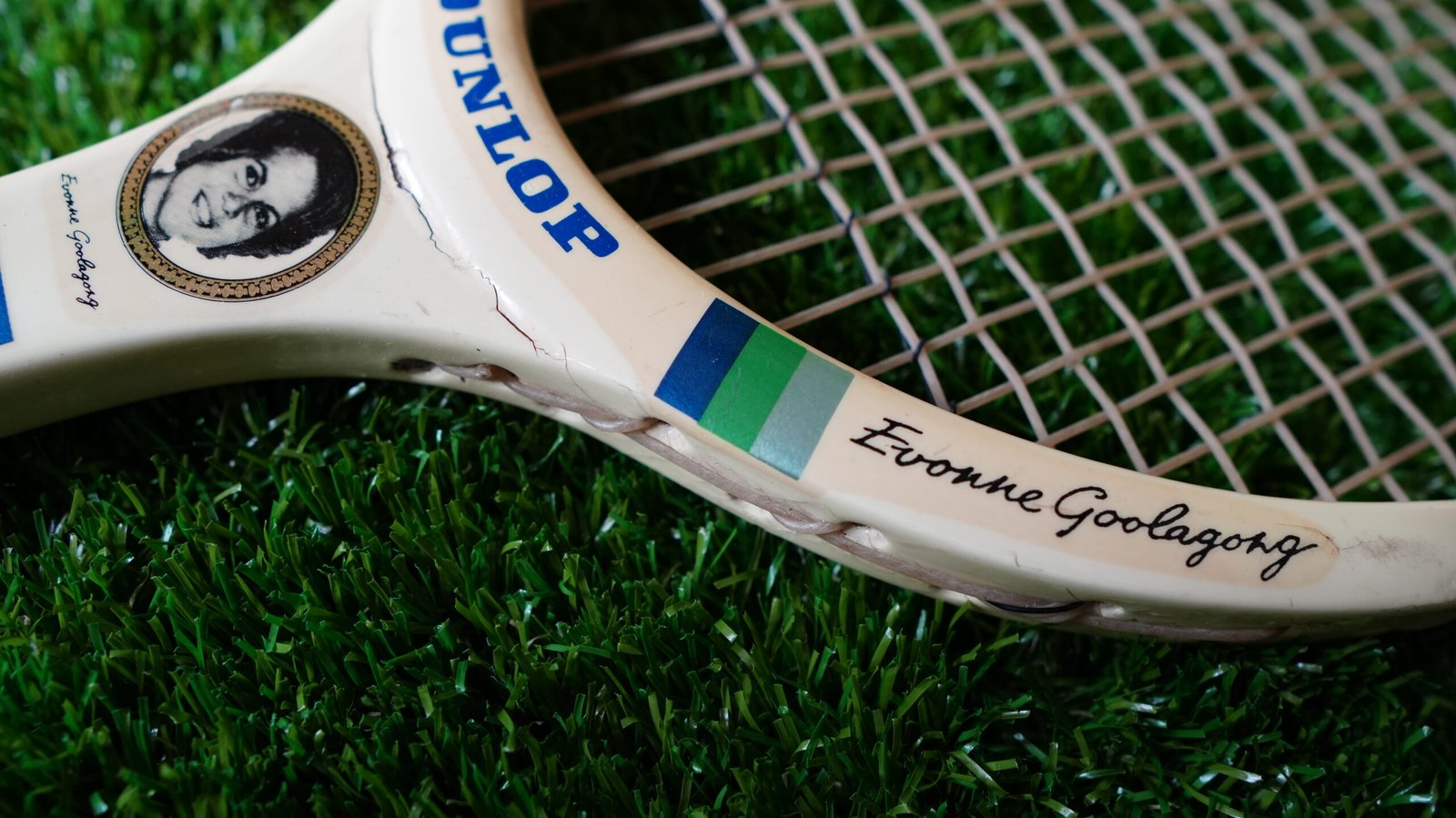Condition
7
10: New
9: Mint
8: Excellent
7: Good
6: Fair
5: Average
4: Below Average
3: Poor
|
Rarity
9
10: Impossibly rare
9: Extremely rare
8: Hard to find
7: Fairly rare
6: Uncommon
5: Common
<4: Big Seller
9: Mint
8: Excellent
7: Good
6: Fair
5: Average
4: Below Average
3: Poor
9: Extremely rare
8: Hard to find
7: Fairly rare
6: Uncommon
5: Common
<4: Big Seller
– – – – – – – – – – –
About This Racket
Evonne Googalong Cawley grew up in the small New South Wales town of Barellan AUS. She went on to become one of the world’s top tennis players. She played regularly as a child (see photo as a 12 yr old!). Evonne had incredible natural talent and received strong support when she moved to train in Sydney. Her story is even more remarkable because she is one of very few women who have won a major tournament as a mother.. Goolagong Cawley won the Australian Open four times, the French Open once and Wimbledon twice. She was inducted to the the Australian Tennis Hall of Fame and the International Tennis Hall of Fame. She used Dunlop for pretty much her whole career. Several Evonne Googalong models exist but Evonne herself might not of used these commemorative models prefering Maxply and Dunlop Volley.
From press adverts I saw this racket on sale at £12.40 in 1978 (Maxply Fort was £30)
Historic Gallery
Specifications (👋 not yet accurate….check back soon)
| Measurements | Value | Performance | Score |
|---|---|---|---|
| Weight | 360g | Power | 19/100 |
| Head Size & Length | 65sq in | 27inch | Control | 41/100 |
| Balance | 5pt head heavy | Spin | 40/100 |
| Grip | Perforated leather | Handling | 78/100 |
| Strings | 18 x 20 | synthetic | Comfort | 89/100 |
| Flexibility | RA 43 | Consistency | 59/100 |
About Dunlop
Dunlop’s journey in tennis began in 1924 when the company started manufacturing tennis balls . This marked the beginning of a century-long legacy in the sport. In 1925, Dunlop strategically acquired F.A. Davies, a tennis racquet manufacturer, establishing itself as a recognized brand in the tennis world . In 1931 with the introduction of the Maxply Fort it became one of the most popular in tennis history, used by legendary players like Rod Laver . Dunlop continued to innovate, introducing one of the first metal tennis rackets in the 1950s . In 1980, in collaboration with Slazenger (which Dunlop acquired in 1959), they created the Max 200G, one of the first graphite tennis racquets . This racquet was used by tennis legends like Steffi Graf and John McEnroe
Gallery
Dunlop by Time
| Year | Event |
|---|---|
| 1888 | Dunlop patented his chamber of rubber to contain air under pressure and fastened it to a rim, effectively inventing the modern tire |
| 1923 | Dunlop enters the tennis ball market. |
| 1932 | Dunlop launches the Maxply tennis racket. |
| 1936 | For the first time, there are more Dunlop rackets at Wimbledon than any other brand. |
| 1956 | Lew Hoad wins Wimbledon and the Australian and French Opens with the Dunlop Maxply racket. |
| 1960 | Dunlop introduces the new ‘Flying D’ logo. |
| 1962 | Rod Laver wins all four Grand Slams in a single year using Dunlop Maxply rackets. |
| 1969 | Rod Laver becomes the only man in history to achieve a second, career-calendar year Grand Slam using Dunlop Maxply rackets. |
| 1980 | Dunlop launches the game-changing 150G racket – the first injection moulded carbon fibre racket. |
| 1981 | John McEnroe signed for Dunlop and beat Bjorn Borg in the Wimbledon final with the Maxply Fort racket. |
| 1982 | Dunlop launches the legendary 200G, injection-moulded, carbon fibre racket. |
| 1988 | Steffi Graf wins all four Grand Slam titles and Olympic Gold in the same calendar year – all using the Dunlop 200G racket. |
| 1988 | Dunlop sells its one millionth injection-moulded racket. |
| 2018 | Kevin Anderson reaches the men’s final at Wimbledon |
